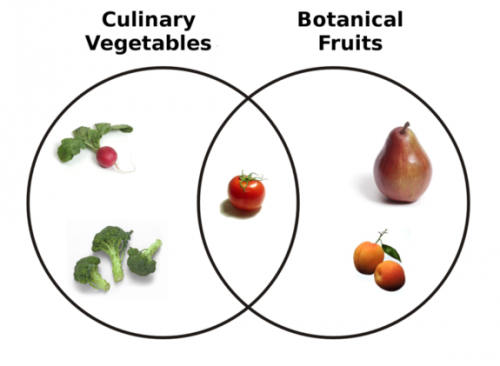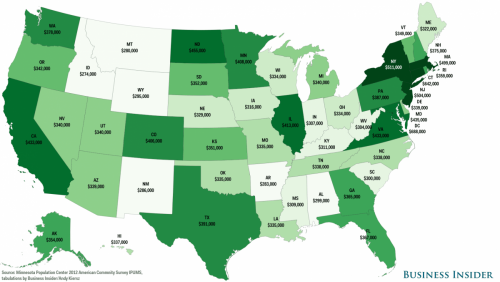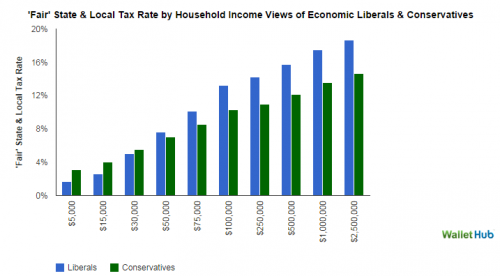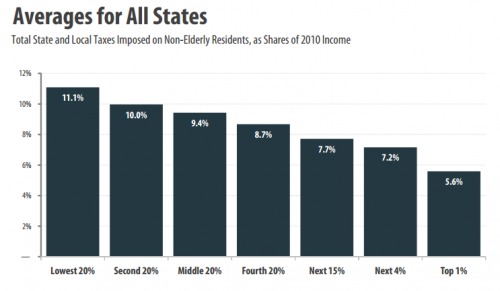Flashback Friday.
When companies offer instructions as to how much of their product to use, what do you think drives their decisions as to what advice to give?
Theory 1: They give the best advice.
Theory 2: They give reasonably good advice, erring on the side of you using more product versus less.
I’m with Theory 2. The quicker you go through their product, the more frequently you have to purchase it, and the richer they get. So they have an interest in your over-using their product.
Dan Myers agrees. He put up a great example of this on his website, Blue Monster. He writes:
When you buy laundry detergent these days, the cap usually serves as a handy measuring cup… Now, if you were a company that wanted to get people to use it up as fast a possible (read: waste as much of it as possible) so you could get some more out of them, what would you do? Well, having a devious mind myself, I’d make the cup bigger that it needs to be hoping people would consistently use more than they need. Especially given that people are more likely than not to fill the cup up to the top.
And that is exactly what you get on with the TIDE packaging. The cap, shown here, has three measuring lines in it: 1, 2, and 3. All of these are significantly lower than the top of the cap.
Furthermore, if one actually takes the time to read the instructions on the bottle, the 1 line is for “medium” loads, the 2 line is for large loads, and the 3 line is not even mentioned!!!
Why is it there if it isn’t mentioned? I say that it’s because for those who actually look at the cup instead of just filling it up, they want to give you the impression that 1 is small, 2 is medium, and 3 is large–thereby getting you to use more than necessary every time you launder. Scam Masters!!!
In another illustration, Myers videos himself brushing his teeth with the liberal swirl of toothpaste seen in your average advertisement. The result is a hilarious excessive frothing. A blob of toothpaste the size of a pea is likely sufficient for most of us, but toothpaste companies would probably prefer that you overdo it.
Relatedly, I’ve always been suspicious of how gas stations order the gas by quality/expense. Sometimes it goes cheaper on the left to expensive on the right, which is what you’d expect because we read left to right, but sometimes it’s reverse. Do people sometimes hit the far left button, assuming it’s the cheap gas, and accidentally spend more than they have to? I bet they do.
There must be hundreds of examples of this kind of trick.
This post originally appeared in 2009.
Lisa Wade, PhD is an Associate Professor at Tulane University. She is the author of American Hookup, a book about college sexual culture; a textbook about gender; and a forthcoming introductory text: Terrible Magnificent Sociology. You can follow her on Twitter and Instagram.






